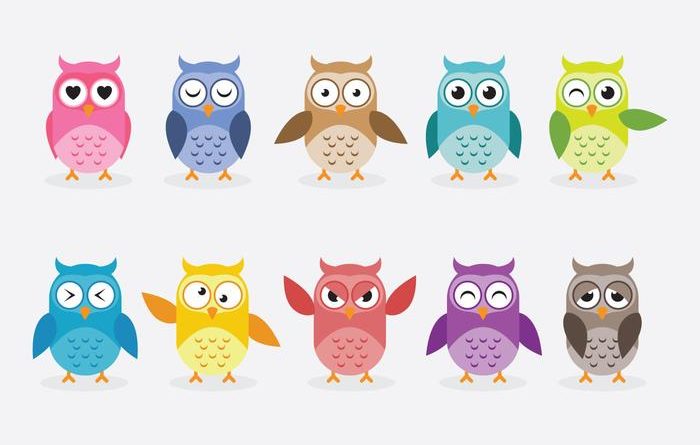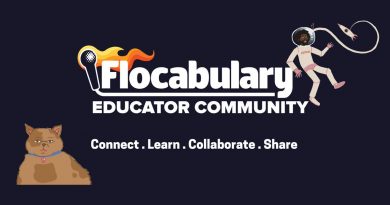Emotional Intelligence Training. Alfred & Shadow (story about emotions).
Alfred & Shadow – A short story about emotions (education psychology health animation)
By: Institute for psychological counceling; The Norweigan Institute of Emotion focused therapy.
Follow us: https://www.facebook.com/OposicionesInglesRP/
More about Road to your Post: oposicionesingles.com
 Road to your Post: your way to talent.
Road to your Post: your way to talent.
Text extracted from: Temario de oposiciones Inglés-Primaria. Self-learning method.
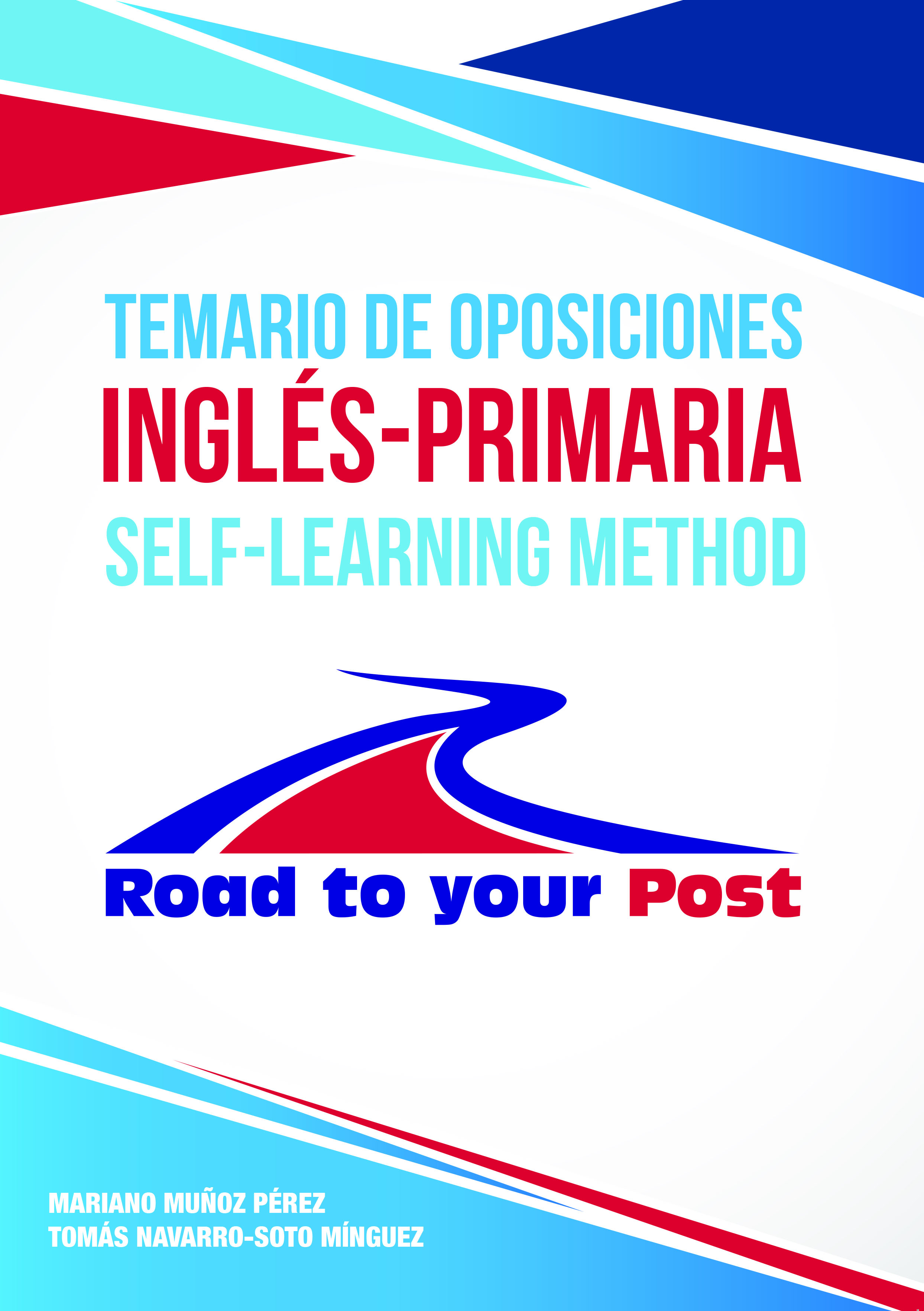
Topic 1.
The language as a communication means: oral and written language. Factors defining a communicative situation: encoder, decoder, functionality and context.
Outline
- Introduction
- The language as a communication means: written vs. oral language
- Factors defining a communicative situation: encoder, decoder, functionality and context
- Conclusion
- Bibliography
…
3. Factors defining a communicative situation: encoder, decoder, functionality and context
A communicative situation can be defined as a two-way verbal process between an encoder and a decoder using both productive and receptive skills. However, this simple definition entails great difficulty when it comes to FLT, even though the optimal conditions for learning are foreseen. Moreover, technological advances have influenced Linguistics, since we can come across now types of exchange of messages which were inconceivable in the past. Thus, we may now find an oral communicative situation in which the participants are not face to face (telephoning), or even present at the same time (video Wapp, Skype, etc).
There are plenty of factors defining a communicative situation. Obviously, these factors vary depending on whether we are dealing with oral or written communication. On the one hand, oral communication involves more complexity and difficulties than written communication because of certain constraints, including the following:
1. Time pressure: when facing an oral communication situation such as buying a ticket or a newspaper, we find limited time to understand what has been said to us, to think the answer, structure it and finally answer.
2. Negotiation: utterances are not often well structured or linked because of negotiation and constant exchange of information in limited time, or because we think of something and start talking about it and then we change the idea and the utterance is modified as it is being uttered.
Yet, are also certain helpers which facilitate this type of exchange of information:
a. Paralinguistic codes: non verbal elements of Communication which can also express different acts, feelings and emotions: to express sympathy, agreement, hostility, indifference… These gestures, which can be of different types (body, facial…), can be either universal or specific.
b. Prosodic features: oral communication also gets hold of these elements to help senders and receivers transmit and decode meanings. These prosodic features include stress, rhythm and intonation.
Text extracted from: Método de resolución de casos prácticos. Self-learning method.
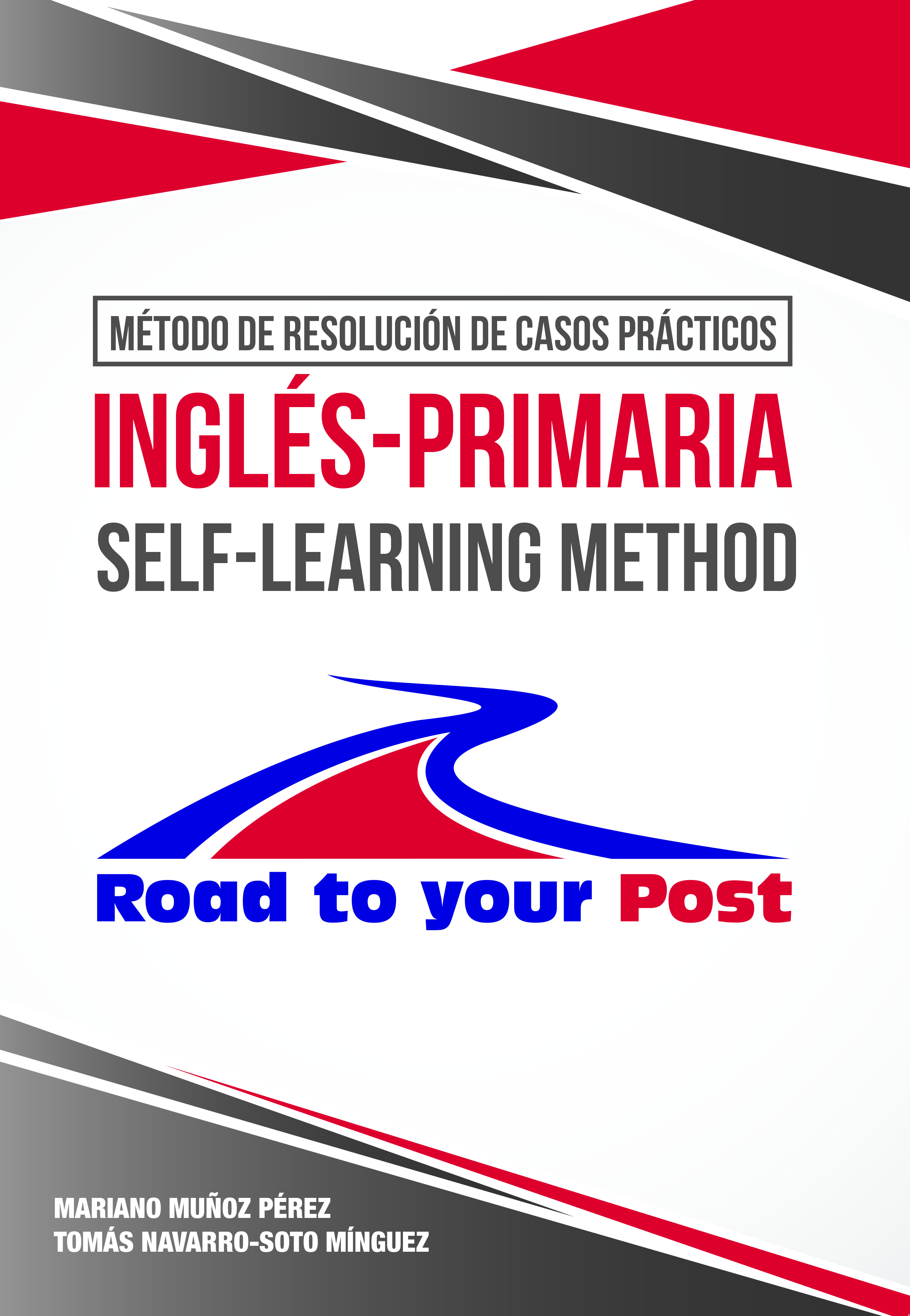
Using ICT to exchange meaning and collaborate: The first practical example of using ICT to establish communication is the creation of email groups to provide a communicative framework for learners to communicate with the teacher and with other students from their class. This communication can also be extended to students from other countries if we set a partnership exchange with another school. Some European programs like eTwinning program or Erasmus+ project may provide a safe digital environment for students to meet other European children and share some reading and writing experiences that enrich their communicative and sociocultural competences.
Creating a classroom blog is an easy-to-devise and simple way to get students to receive information at home and use the FL to express their feelings and opinions about familiar classroom issues through the target language. The content to be uploaded to the blog shall depend on the developmental stage and communicative competence of our group of students. In guise of an example, we may think of simple games, “treasure hunts”, or simply information regarding their preferences (i.e. music, sports, favourite games, along with others).
In consideration of the foregoing, we can get learners to search, select and report information to cover content from an experiential point of view. Some examples may be: “A holiday project”: In this activity, students in groups may use the internet to prepare a journey to some English-speaking capitals (i.e. London, Washington, Canberra, etc).
Apart from these interactive possibilities, we cannot forget that there is a wide range of commercial proposals that may be used for learners to practise the FL in a contextualised and enjoyable way. These commercial programs provide children with funny games (i.e. work in pairs, match the word and the image, catch the word, etc) that can be graded to adapt the challenge to their linguistic level.
Text extracted from: Programación y Unidades Didácticas. Método de elaboración y Presentación oral.
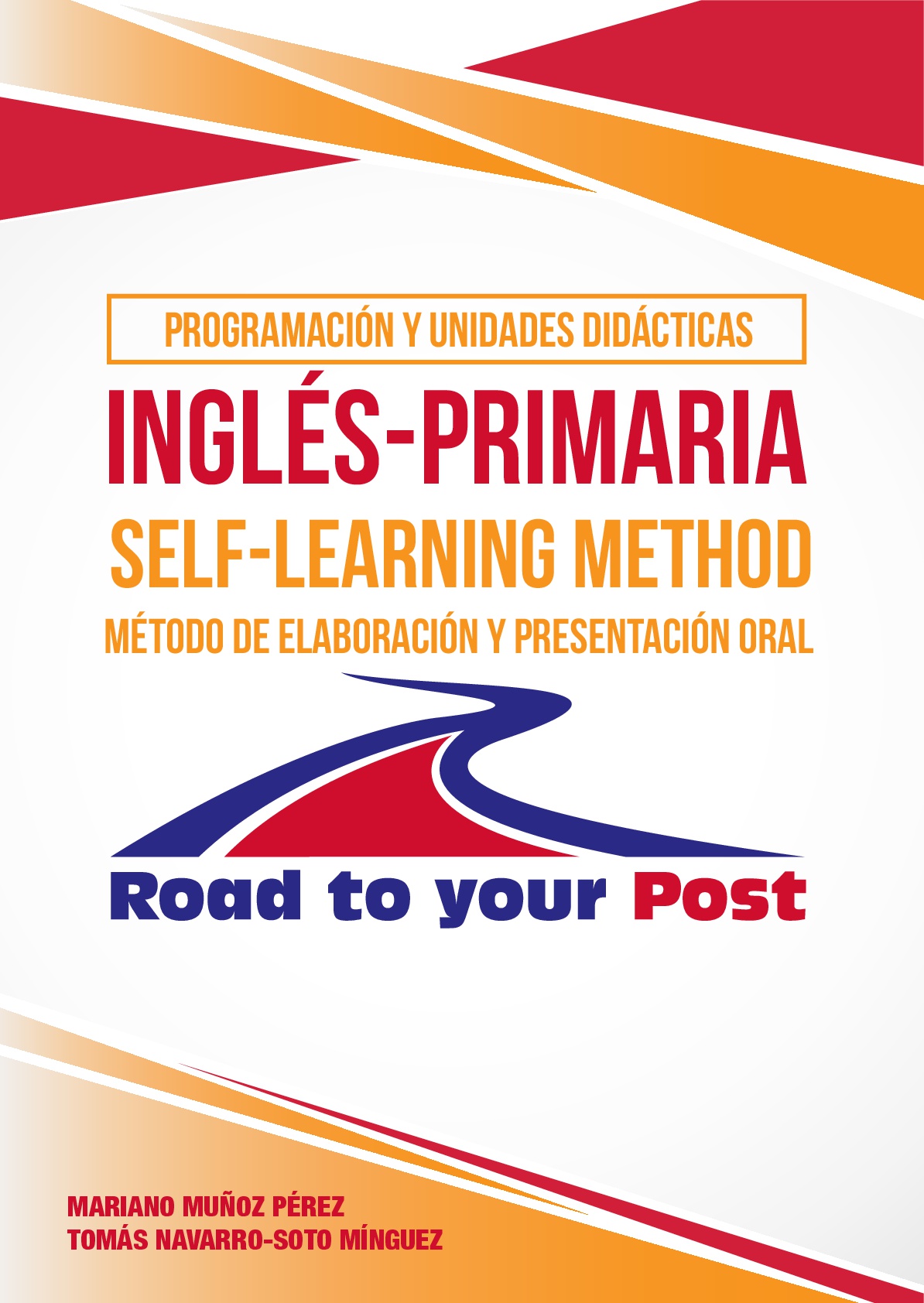
In modern FLT approaches, the contribution of materials to promote language acquisition and development is notorious. In what follows, we present some ideas on how ELT materials facilitate the FLL process (adapted from Tomlinson, 2008):
– They may provide a rich experience of different genres, text types, sociocultural knowledge and even be valid contextualisations to work on emotions, feelings and classroom management.
– They help grasping children´s attention through the use of attractive and appealing illustration, design and layout.
– There is a world of resources in the field of digital education to provide a rich and varied experience of language learning. This experience may even be a real linguistic interchange, as we shall see later on.
– Especially digital materials and resources provide the bases for autonomous learning; and lead learners to discover by themselves, which as we know is a hallmark of the constructivist approach.

